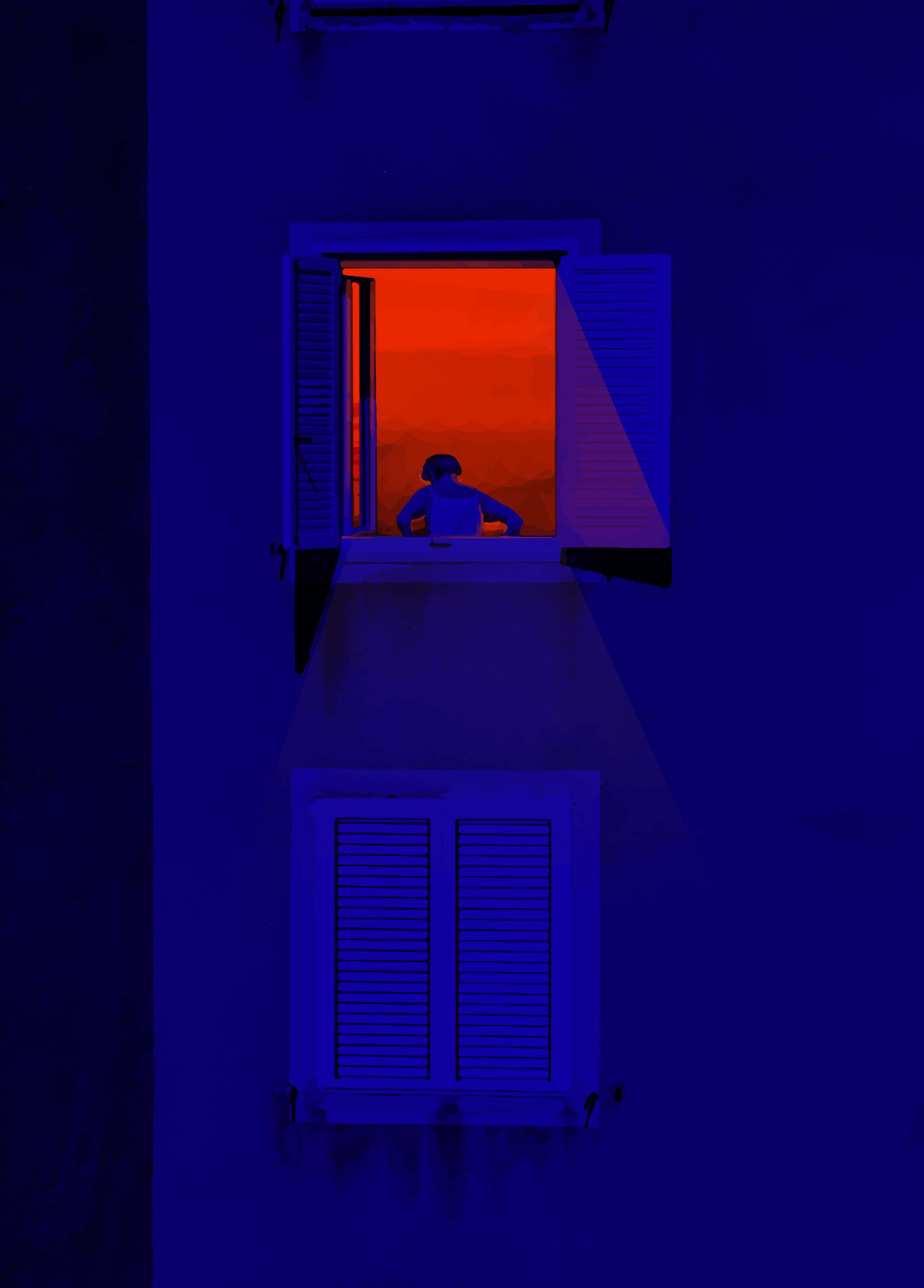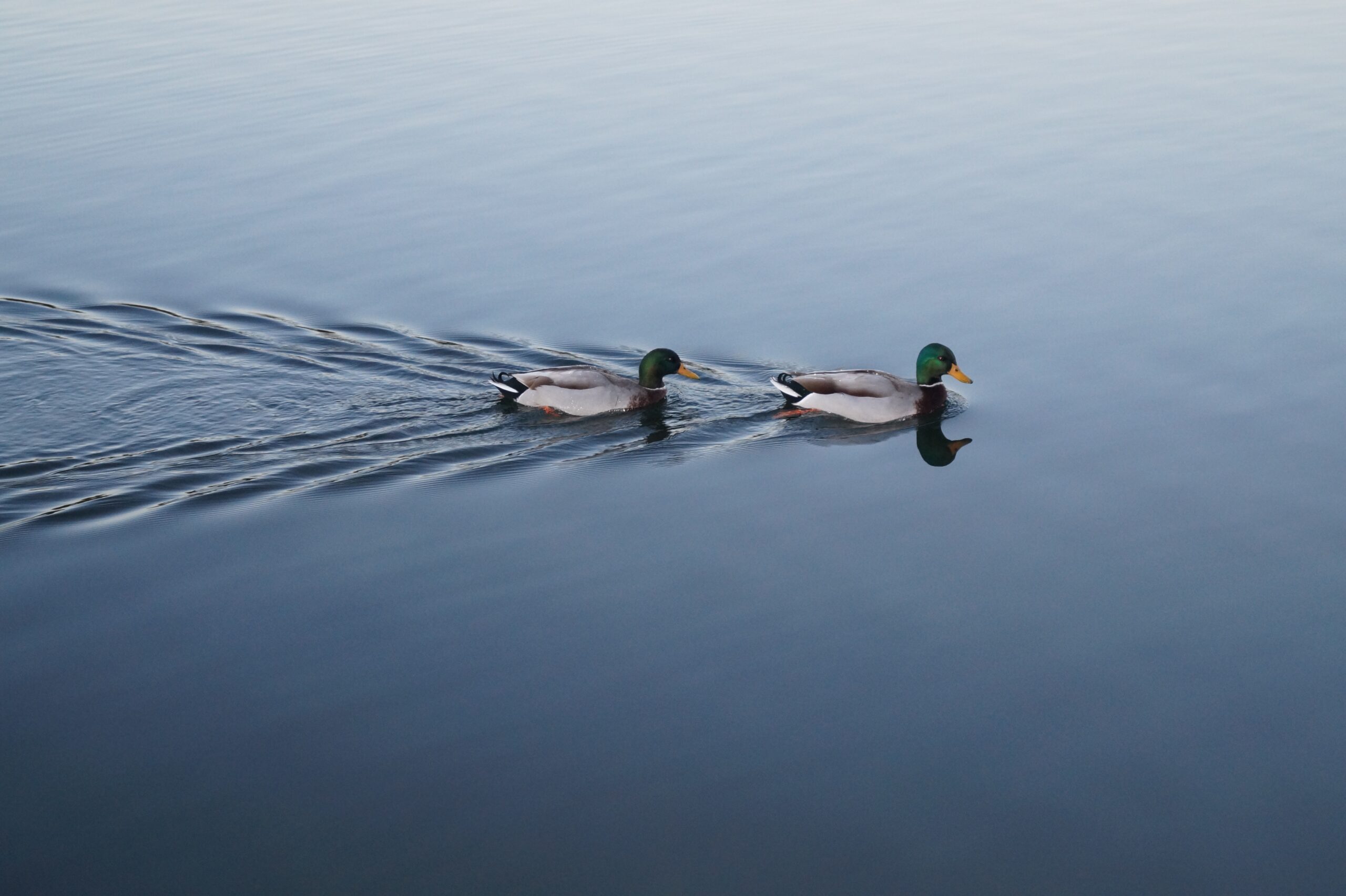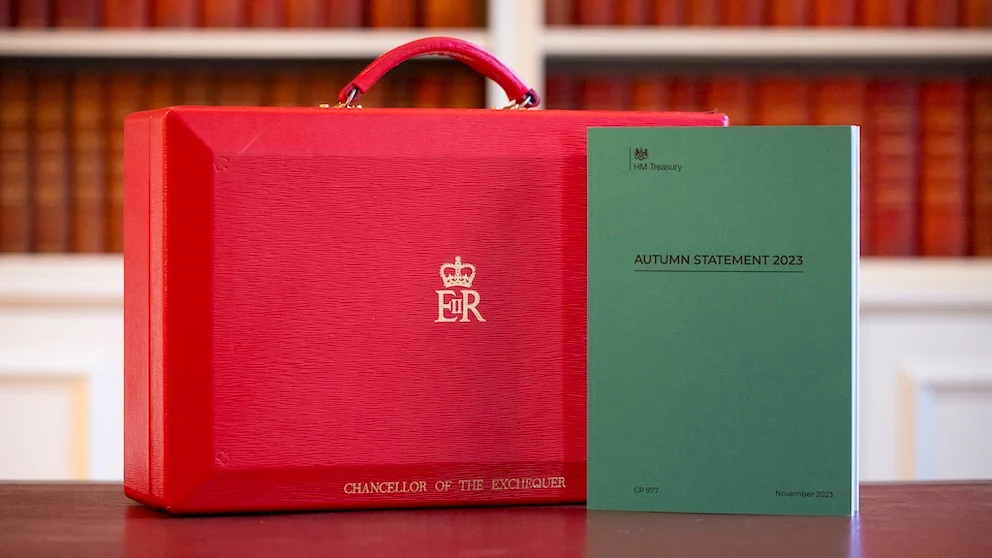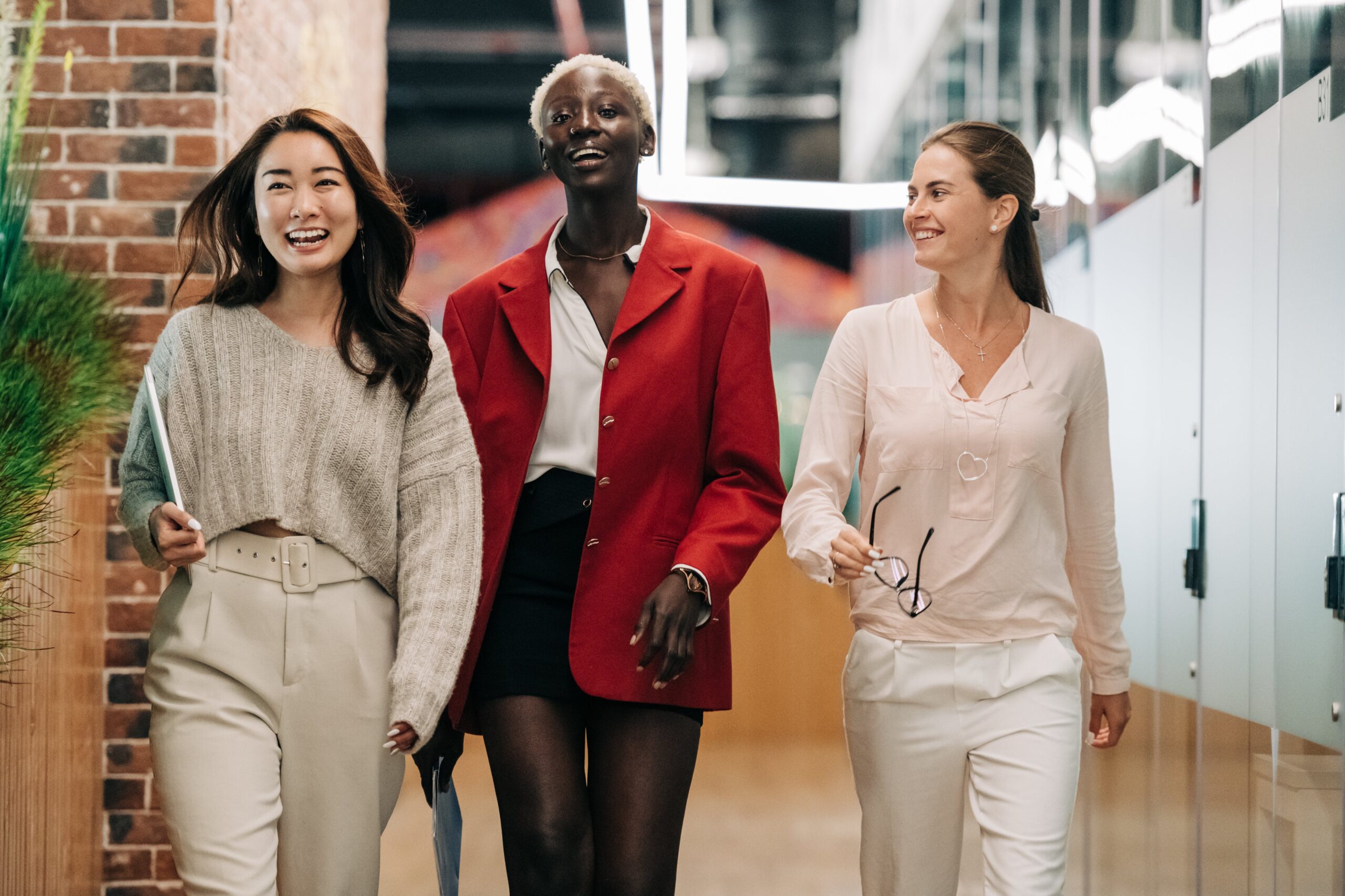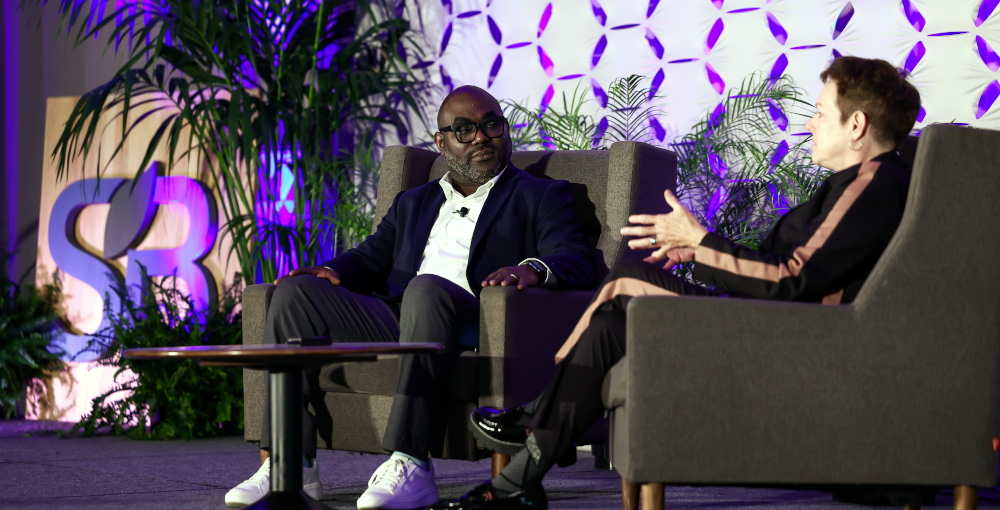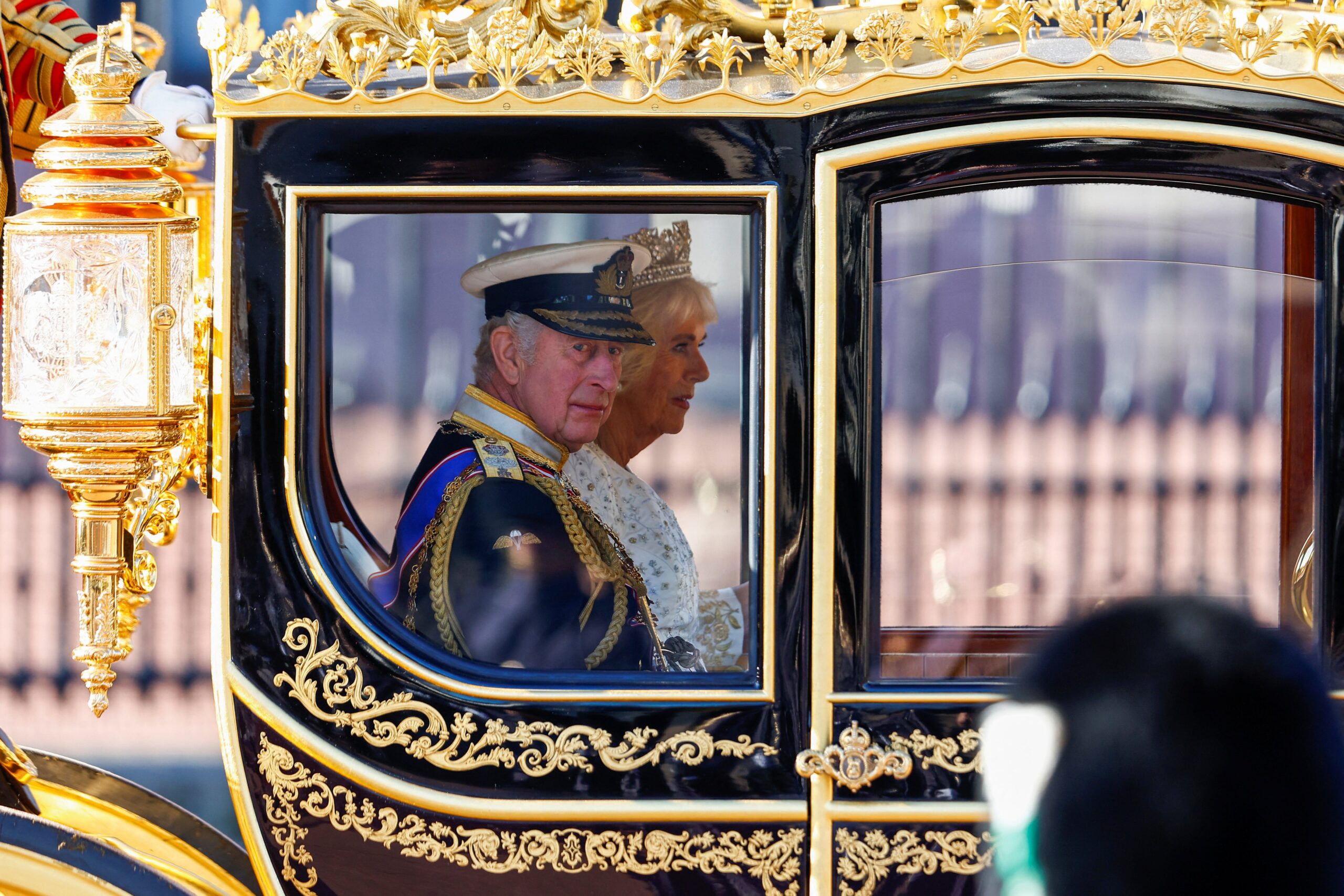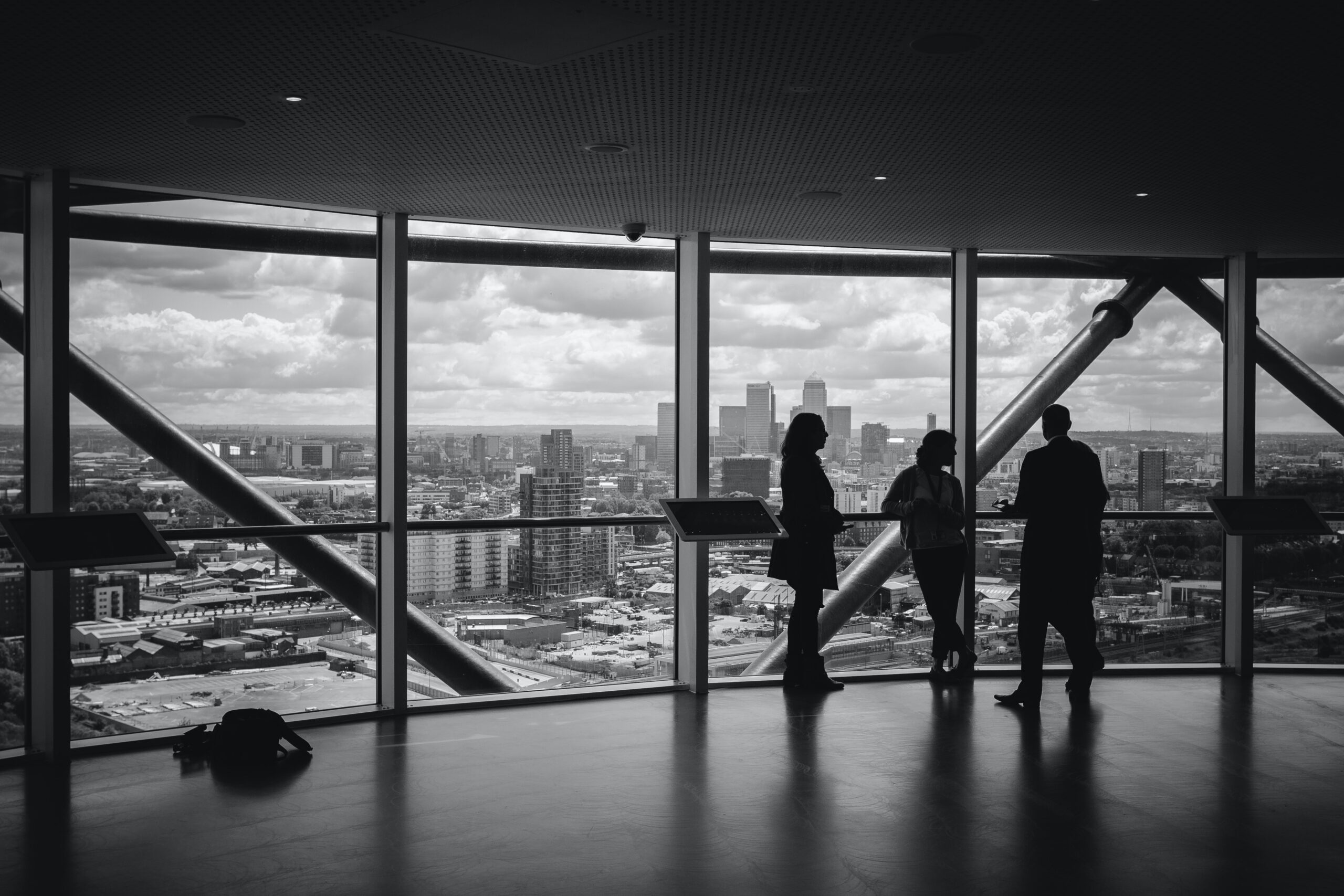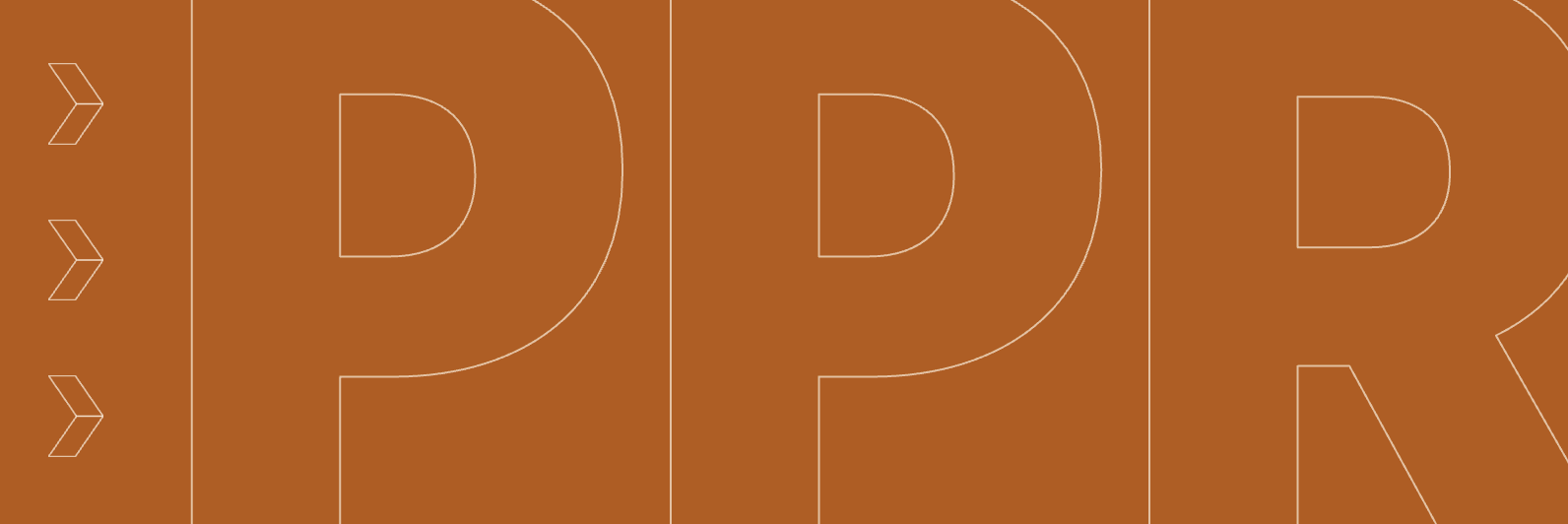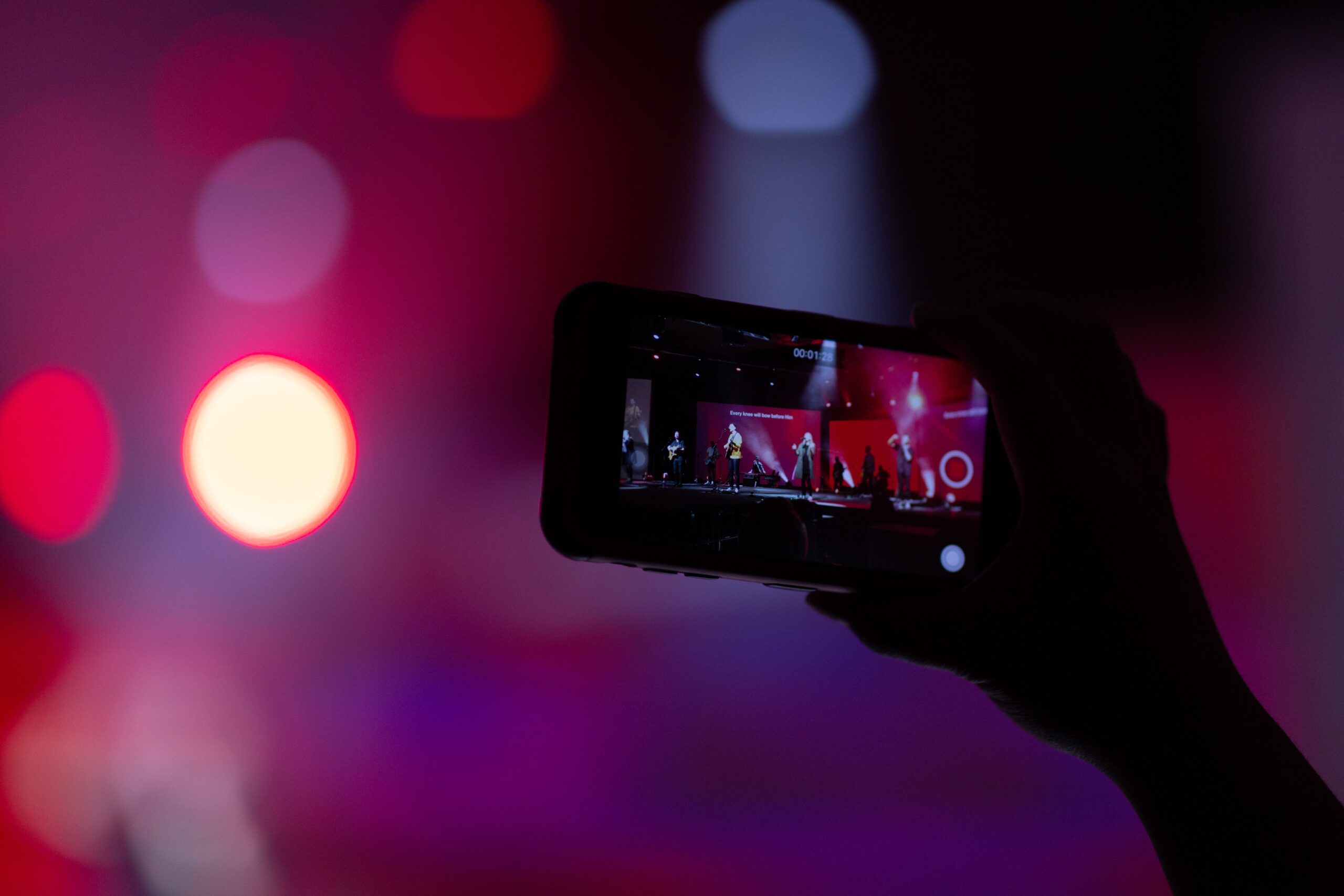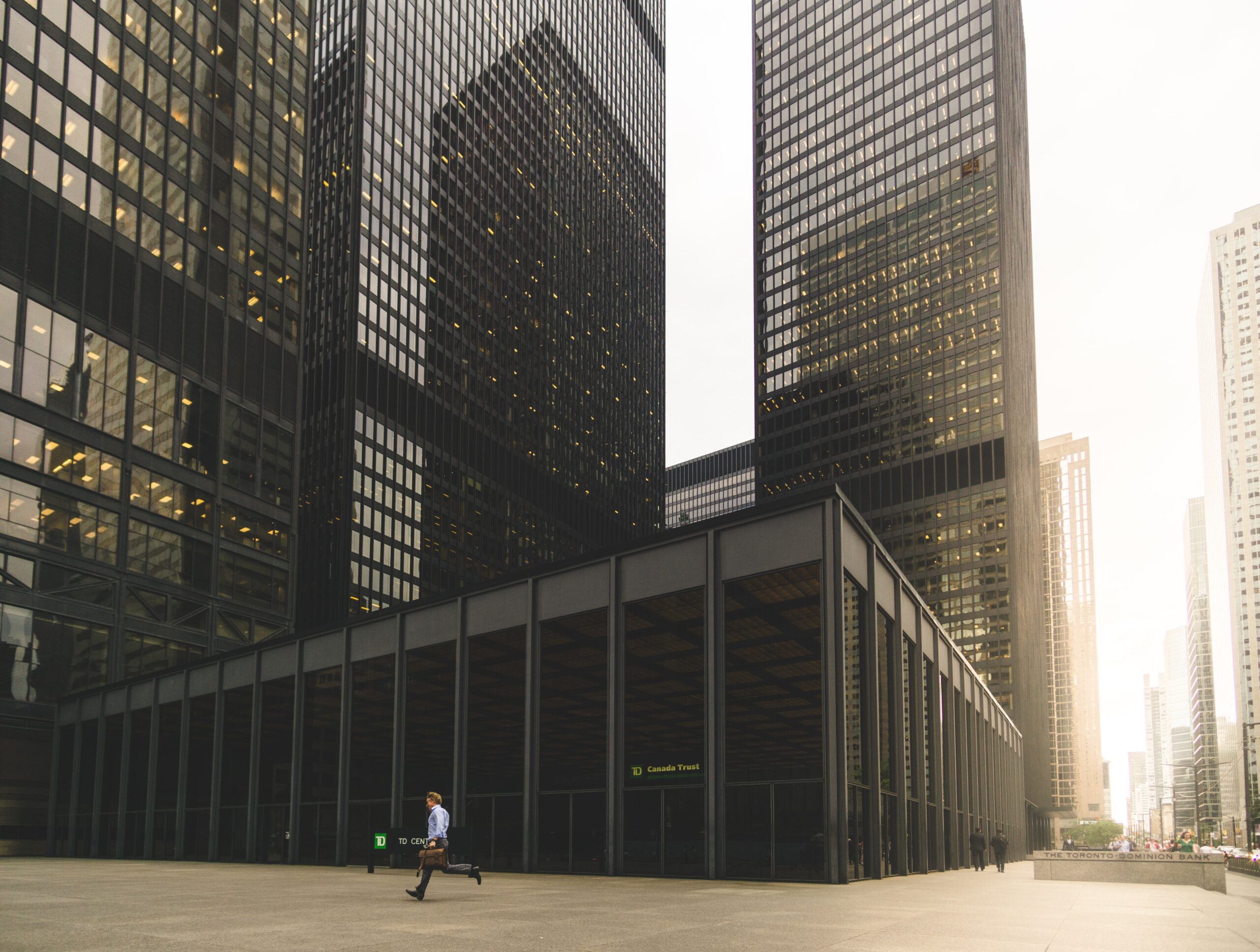During my career as a creative agency Planner, I’ve observed many different types of creative leaders, whether that’s titans of their craft who have the word ‘creative’ in their job description, or incredible client leads and strategists who created the conditions for creativity to flourish.
And while there have certainly been some that favoured the ‘stick over carrot’ mode of management, most recognised what the data has since shown: that approaching creative tasks in a positive mood, with a sense of self-belief, leads to greater cognitive flexibility1. In other words, we don’t need ‘angst’ to think expansively. Being treated with respect and generosity is far more effective at creatively energising us2.
I was sufficiently fascinated by creative leaders that when I got the chance to do a research dissertation for my Organisational Psychology MSc, it was this group I wanted to spend time with, seeking to understand how Creative Directors see themselves and what makes them tick. This was in a context of high-profile conversations around the need to accelerate DE&I in creative agencies and shift gears from performative actions to meaningful change.
What I learned through many hours of interviews with UK Creative Directors (who were kind enough to spend time talking with me at the peak of the COVID pandemic) need not have surprised me given some of the wonderful colleagues I’ve met over the years. And yet, like all good creative insights, it felt as revelatory as it did familiar.
It was ‘spotting gems’, recognising and nurturing creativity in others, that kept them committed to a career path which, let’s face it, brings high demands and high uncertainty.
Those I spoke to shared fascinating stories of struggling to break into a space that was (and remains) notoriously ‘gatekept’, remembering with fondness those who had spotted and championed their creative potential. They also recalled (less fondly) those who had ‘shot down’ their creative confidence at pivotal career moments.
These experiences made them prioritise nurturing creativity in others, not just as a core part of the Creative Director ‘gig’, but through engaging in mentorship and early talent schemes outside of their ‘not-so-9-to-5’. The need to make creative agencies more inclusive and supportive of diverse talent gave fresh urgency to this mission.
This led to a second revelatory, but familiar, insight. Being a small but positive part in someone else’s creative journey was their most valued ‘prize’ – even among all the trophies and accolades these leaders had picked up along the way. Seeing others build their creative confidence, and unlock it in others, was what kept the work meaningful.
So, having established the power of nurturing creativity, in terms of the creative output, what it gives to others and how it makes us feel about ourselves, what can we do each day to put this approach in action? After all, each and every one of us has the power to build or kill the creative ‘vibe’ the moment we enter a meeting.
My advice is to look out for the nurturers. Most meetings have them. Sometimes they lead from the front. Sometimes they fly under the radar. They’ll be the ones who encourage open-mindedness and lateral thinking, provide feedback and encouragement in a way that benefits the person who receives it, who create space for others to put ideas forward, are generous with praise and credit, respond well to ‘hecklers’; and recognise that rarely is any idea presented the ‘finished article’. Observe how they provide direction and encouragement, what words and body language they use. Learn from them, become them and better still, thank them. Knowing they’ve helped you feel more creatively confident might just make their day.
Sources:
- Acar, Selcuk, et al. “Creativity and well‐being: A meta‐” The Journal of Creative Behavior55.3 (2021): 738-751.
- Carmeli, Abraham, Alexander S. McKay, and James C. Kaufman. “Emotional intelligence and creativity: The mediating role of generosity and vigor.” The Journal of Creative Behavior4 (2014): 290-309.
